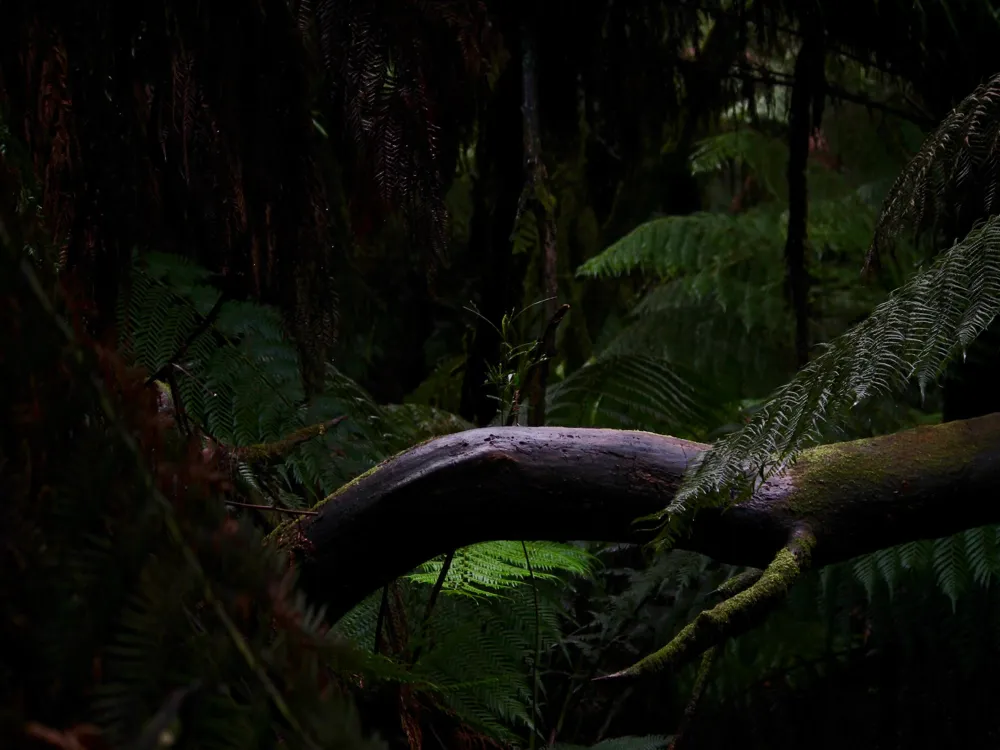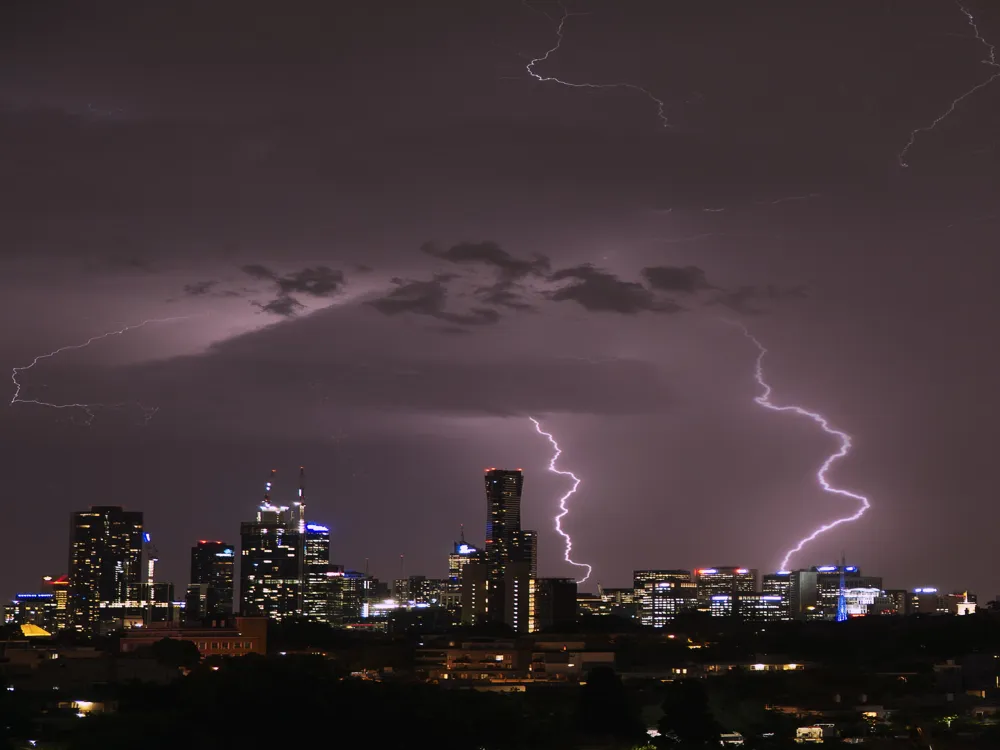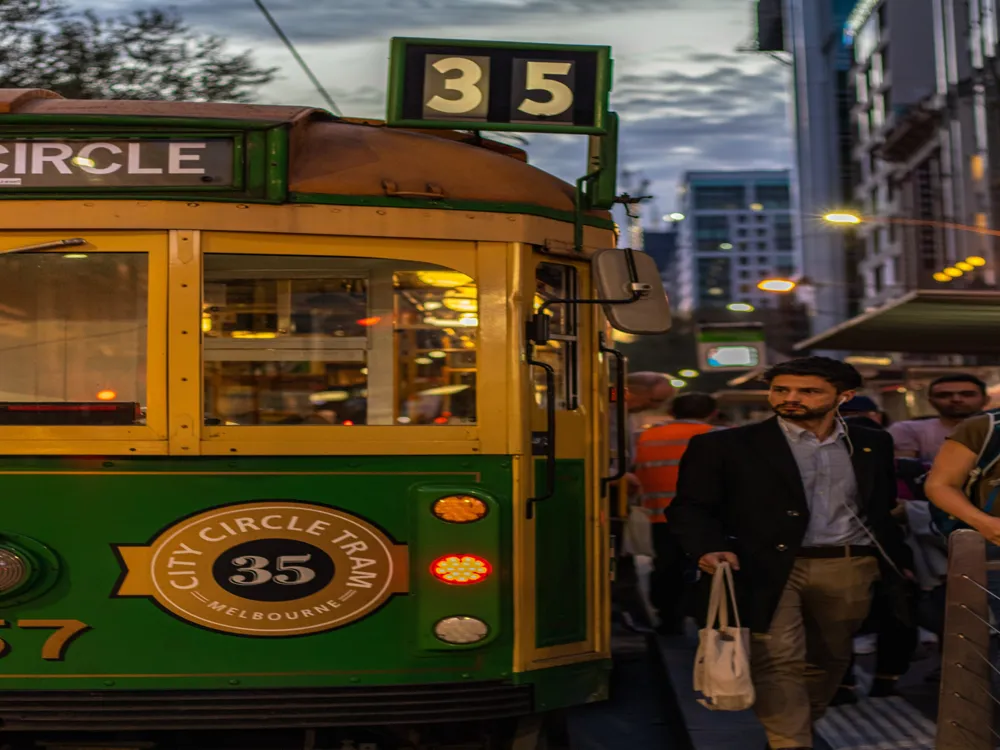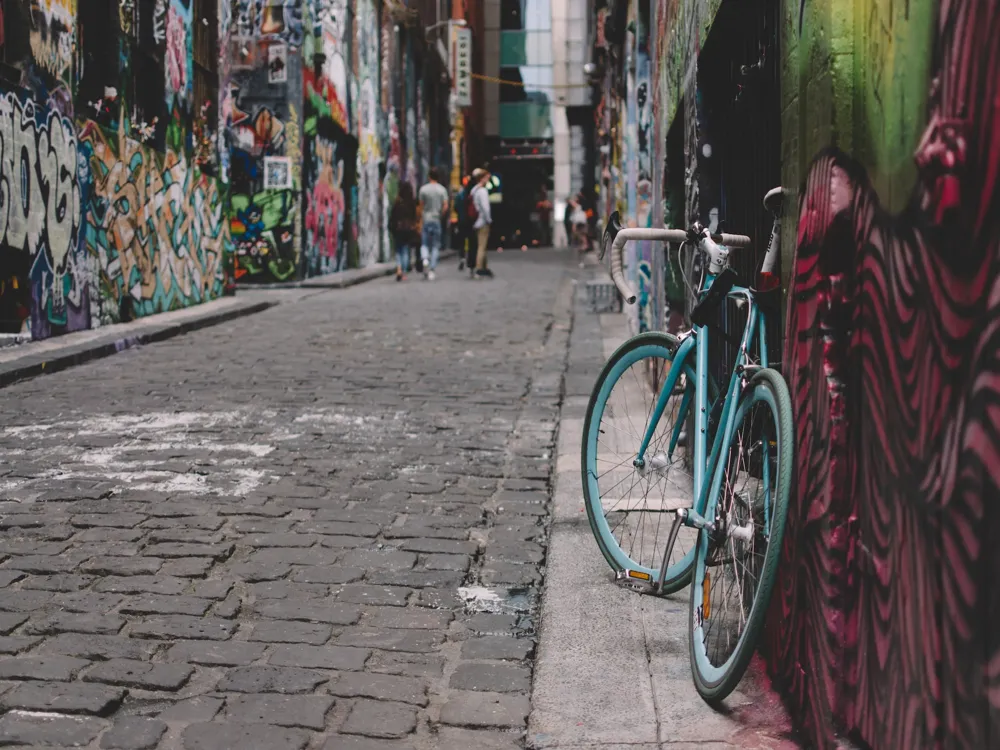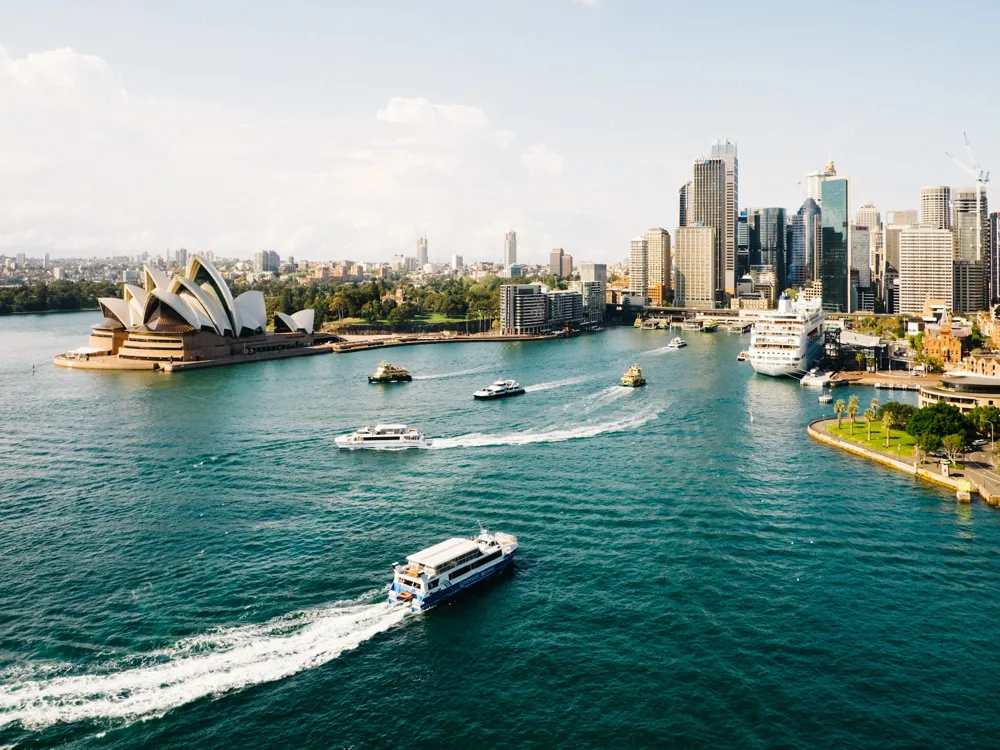Flinders Street Station, an iconic landmark in Melbourne, Australia, stands as a testament to the city's rich historical and cultural heritage. Established in the early 20th century, it is not only a major transport hub but also a focal point of Melbourne's bustling city life. The station's intricate Edwardian architecture, grand clock face, and the famous 'Meet me under the clocks' phrase evoke a sense of nostalgia and charm, deeply ingrained in the city's identity. Flinders Street Station's importance transcends its functional role as a railway station, becoming a symbol of Melbourne's development and progress over the years. Historically, Flinders Street Station was the first railway station in an Australian city and the world's busiest passenger station in the late 1920s. It played a crucial role in shaping Melbourne's urban development and public transportation system. Its strategic location along the Yarra River, near the intersection of Flinders and Swanston streets, makes it an accessible and prominent landmark. Over the years, the station has witnessed significant changes, reflecting Melbourne's evolution from a burgeoning colony to a vibrant, modern metropolis. Today, it serves not just as a transit point but as a cultural and social meeting place, hosting various events and exhibitions, and providing a snapshot of Melbourne's dynamic urban life. The architectural grandeur of Flinders Street Station is a remarkable feature, blending functional design with aesthetic elegance. The station's design was the result of a competition won by railway employees James Fawcett and H.P.C. Ashworth in 1902, reflecting the architectural ethos of the time. The building's Edwardian Baroque style, with its distinctive dome, arched windows, and intricate detailing, showcases the influence of European architectural trends. The use of red brick and cream stucco, along with the distinctive green copper dome, creates a visually striking façade. Inside, the station is a maze of platforms, arches, and corridors, each telling a story of a bygone era. The main concourse, with its large arched entrance and the famous row of clocks, is a hub of activity, showcasing the station's role as a central meeting point in the city. The upper levels, which once housed a ballroom, gymnasium, and lecture hall, reflect the station's multifaceted role in the community. The intricate craftsmanship, from the stenciled ceilings to the leadlight windows, highlights the artistry and skill of the builders and artisans of the time. Flinders Street Station is a bustling hub throughout the day, but the best time to visit is during off-peak hours, typically mid-morning or late afternoon. This allows for a more relaxed experience, enabling visitors to admire the architecture without the rush-hour crowds. The station's layout can be complex for first-time visitors. It's advisable to study a station map beforehand and look out for information boards and signs. The station staff are also very helpful and can assist with directions. For photography enthusiasts, the grand façade and the interior's Edwardian features offer great photo opportunities. Early morning or late afternoon light provides the best natural lighting for capturing the intricate details of the station's architecture. Flinders Street Station is centrally located and well-connected, making it easily accessible by various modes of transportation. The most convenient way to reach the station is via Melbourne's extensive train network, as Flinders Street is a major hub for most train lines. For those preferring to travel by road, numerous bus routes pass near the station, and tram services are available along Flinders Street and Swanston Street. For visitors driving, there are several parking options nearby, though it is advisable to use public transport due to the busy nature of the area. For international or interstate visitors, the station is a short distance from Melbourne's main airport, with regular shuttle services available.Overview of Flinders Street Station
Architecture of Flinders Street Station
Tips When Visiting Flinders Street Station
Best Times to Visit
Navigating the Station
Photography Tips
How To Reach Flinders Street Station
Flinders Street Station
Melbourne
₹ 42,000 onwards
View melbourne Packages
Weather :
Tags : Landmark
Time Required : 30 minutes
Planning a Trip? Ask Your Question
Also Refered As:
Flinders Street Railway Station
Melbourne Travel Packages
View All Packages For Melbourne
Top Hotel Collections for Melbourne

Private Pool

Luxury Hotels

5-Star Hotels

Pet Friendly
Top Hotels Near Melbourne
Other Top Ranking Places In Melbourne
View All Places To Visit In melbourne
View melbourne Packages
Weather :
Tags : Landmark
Time Required : 30 minutes
Planning a Trip? Ask Your Question
Also Refered As:
Flinders Street Railway Station
Melbourne Travel Packages
View All Packages For Melbourne
Top Hotel Collections for Melbourne

Private Pool

Luxury Hotels

5-Star Hotels

Pet Friendly







